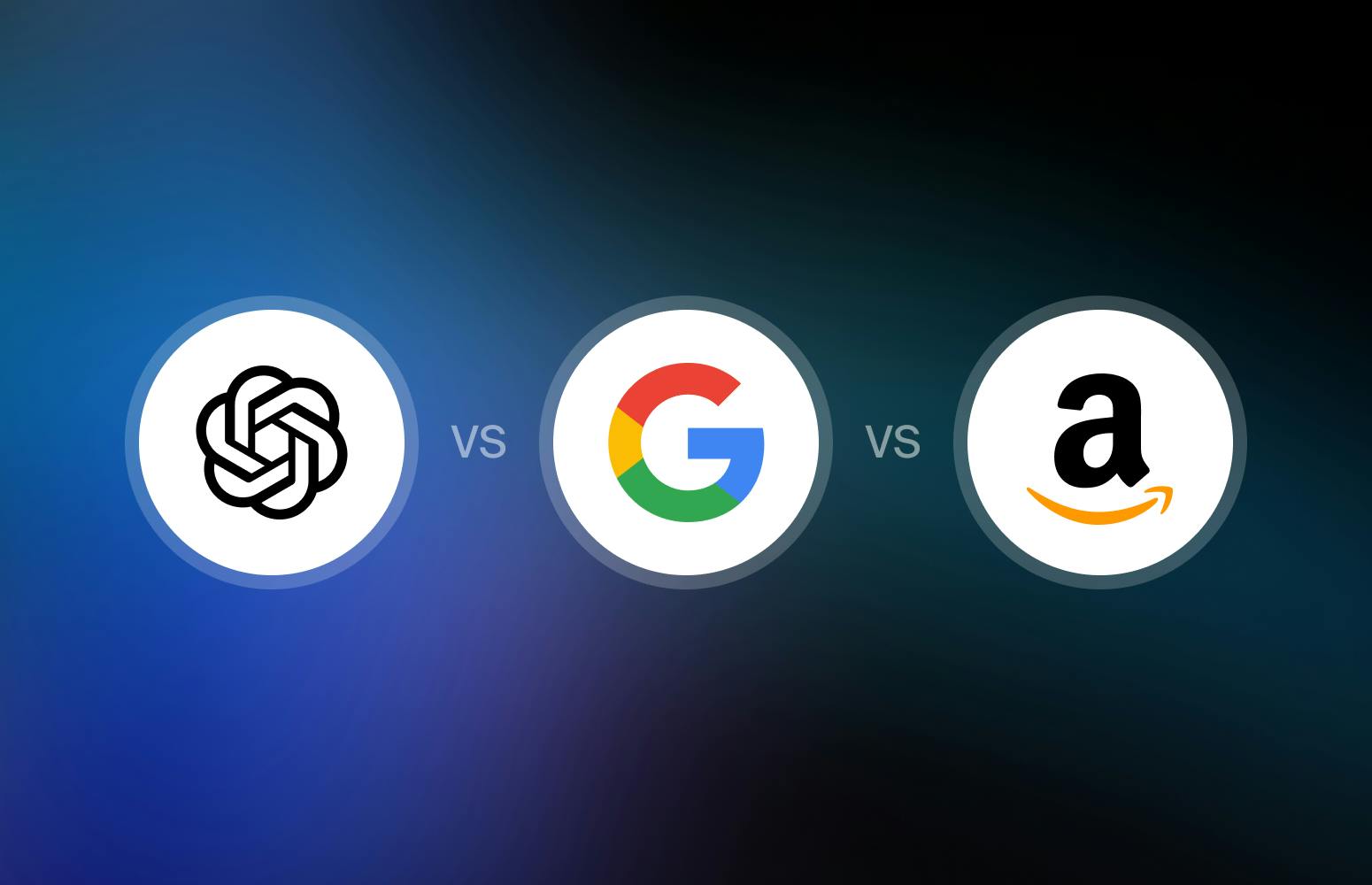
News · January 3, 2025
AI in Healthcare: A Clear-Eyed Guide for Clinicians
AI is transforming healthcare" has become the empty slogan of countless LinkedIn posts and vendor pitches. From AI that claims to outperform radiologists to chatbots promising to eliminate documentation burden, separating substance from hype is increasingly challenging. This guide provides a framework for clinicians to evaluate these claims and understand AI's actual capabilities and limitations in healthcare delivery.
Core Concepts
When you hear the term “models”, you should about mathematical systems comprising three key components:
- Architecture: Structural design
- Parameters: Adjustable settings
- Training Data: Learning material
Understanding these fundamentals helps evaluate different AI approaches in healthcare.
AI Categories & Approaches
Currently, three main approaches define how AI integrates into healthcare workflows:
Co-pilot (Read more)
- Augments human work
- Example: Documentation assistance
- Implementation Challenge: Heavy workflow redesign, EHR integration
- Success Factor: Strong clinical champion, phased rollout
Agent (Read more)
- Performs tasks independently
- Example: Automated scheduling
- Implementation Challenge: Complex testing, regulatory burden
- Success Factor: Robust error handling, clear protocols
Automation
- Rule-based processes
- Example: Order sets
- Implementation Challenge: Limited flexibility, constant updates
- Success Factor: Dedicated maintenance team, clear update cycles
- Most existing SaaS products make “automation” claims but still require a lot of configuration and clicks.
Some of the common implementation hurdles for each of these include:
- EHR integration complexity
- Staff resistance
- Data format mismatches
- Training requirements
- Performance issues
The AI Tech Stack: Models vs. Applications
Think of AI like your smartphone: You have the operating system (iOS/Android) and apps built on top of it. Similarly, AI has:
Foundation Model Providers
These companies invest billions in model development and provide HIPAA-compliant APIs for healthcare applications.
Healthcare Application Layer
- Most healthcare AI companies build on these foundation models
- Similar to mobile apps using iOS/Android
- Focus on healthcare-specific features, security, and workflow
- Custom models are rare due to cost ($100M+) and complexity
This approach is standard in technology - it allows companies to focus on solving healthcare problems rather than rebuilding core AI infrastructure.
Why AI's Time Has Come
AI's recent explosion isn't sudden - it's the culmination of decades of research meeting three critical developments:
Computational Power
- Modern GPUs process massive data volumes
- Cloud computing enables scalable AI deployment
- Cost of computing has dropped dramatically
- Example: Training GPT-3 cost $4.6 million in 2020, while GPT-4's training costs reached $63 million in 2023, though by Q3 2023 the estimated cost to train a GPT-4-caliber model decreased to $20 million with a 55-day training period.
Data Availability
- Digitization of healthcare records
- Surge in medical imaging
- Increased medical research publishing
- Structured clinical datasets
- Real-world evidence collection
Transformer Architecture (2017)
- Revolutionary model design for processing language
- Enables better understanding of context
- Scales efficiently with more data
- Forms foundation of GPT, BERT, and modern AI
- Breakthrough in handling complex relationships in data
The convergence of these factors turned theoretical AI capabilities into practical applications. Healthcare's digital transformation provided the perfect testing ground for some of these advances.
Evaluating Healthcare AI
As AI solutions proliferate in healthcare, knowing the right questions to ask vendors and colleagues becomes critical for separating valuable tools from empty promises. Here are the key areas to explore:
LLM Integration
- "Which LLMs power your solution?"
- "How do you handle outages?"
- "What clinical safeguards exist?"
Healthcare Compliance
- "Detail PHI protection"
- "Present clinical validation"
- "Explain terminology handling"
Data Architecture
- "Where does data reside?"
- "How are responses filtered?"
- "What are data boundaries?”
Clinical Adaptation
- "How is it specialized for healthcare?"
- "What domain training exists?"
Red Flags (for healthcare):
- Unprotected PHI exposure
- Missing healthcare safeguards
- Opaque data handling
- Limited validation
- Raw LLM output
- Single-provider dependency
- Poor error handling
Integration Models:
- Assistive: Human oversight
- Autonomous: Independent operation
- Hybrid: Selective automation
Success Factors:
- Phased rollout
- Clear metrics
- Strong IT support
- Clinical champions
- Realistic timelines
- Dedicated training
Looking Ahead
As AI in healthcare evolves, success lies in understanding both potential and limitations. The most effective solutions enhance rather than replace clinical judgment, operating transparently within healthcare's unique constraints.
When evaluating AI tools, look beyond buzzwords to examine clinical validity, security measures, and meaningful workflow integration. The future of healthcare AI isn't about replacing clinicians—it's about augmenting their capabilities while maintaining the human elements that define quality care.
The key is finding tools that respect this balance while delivering measurable improvements in clinical outcomes and operational efficiency.